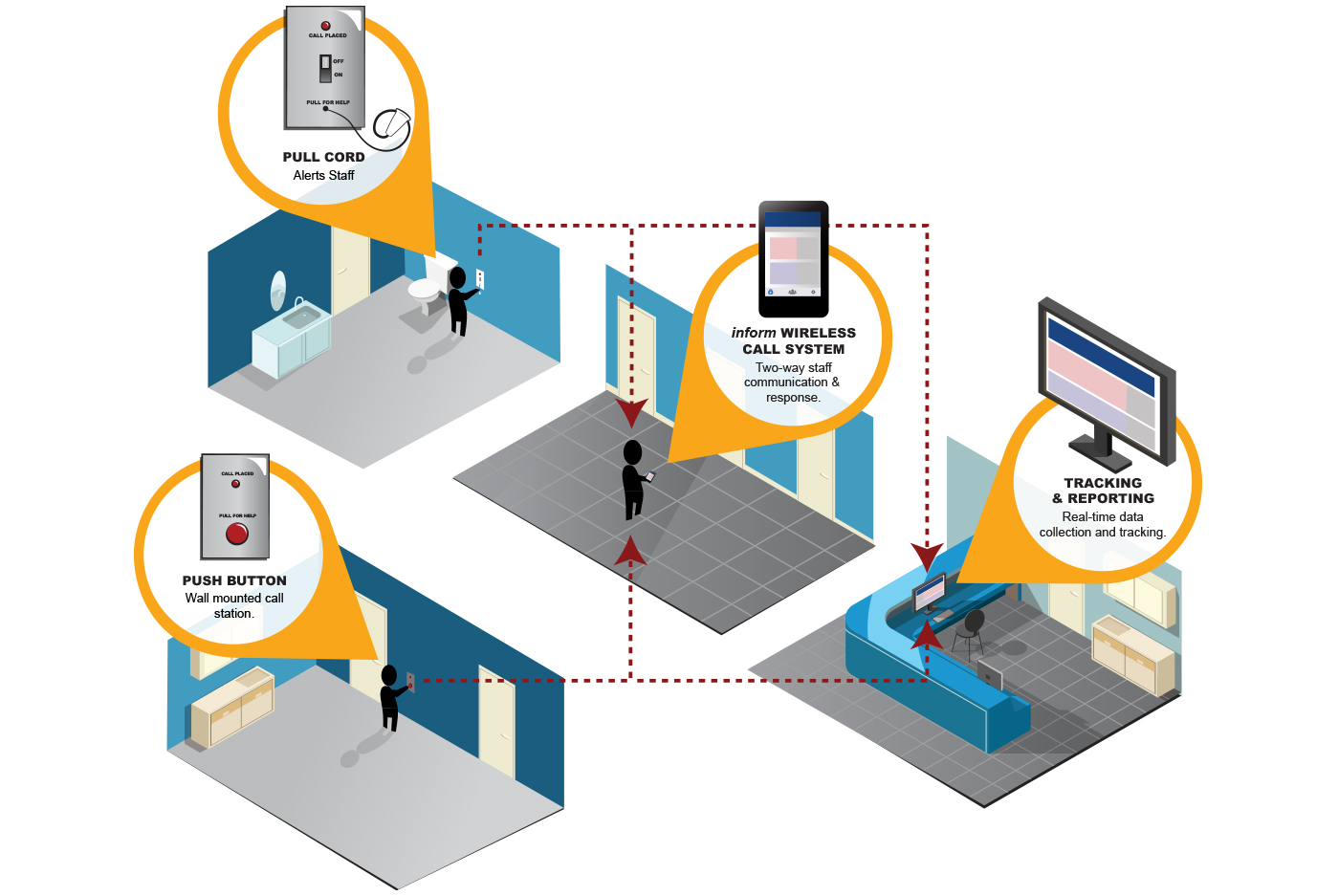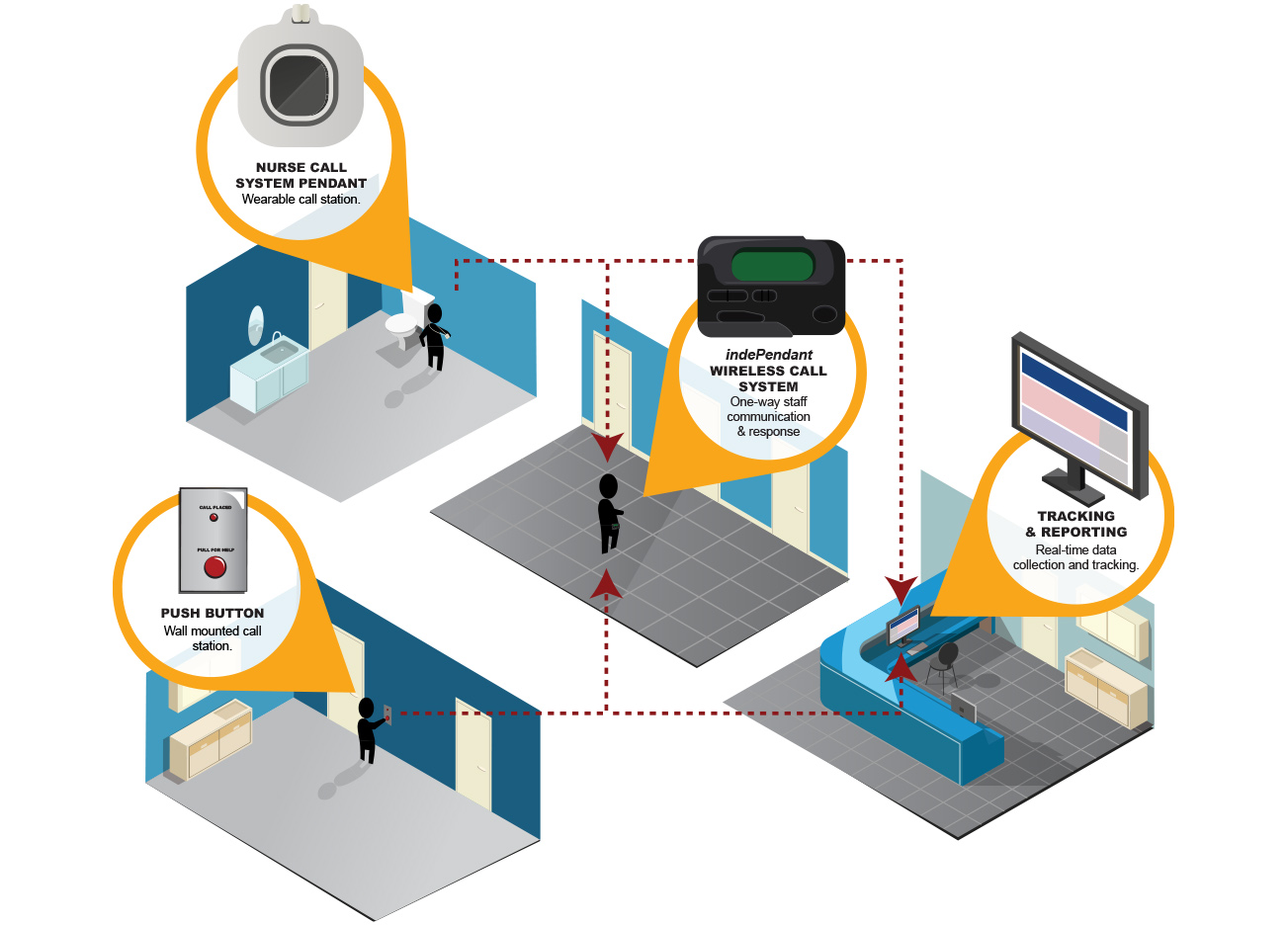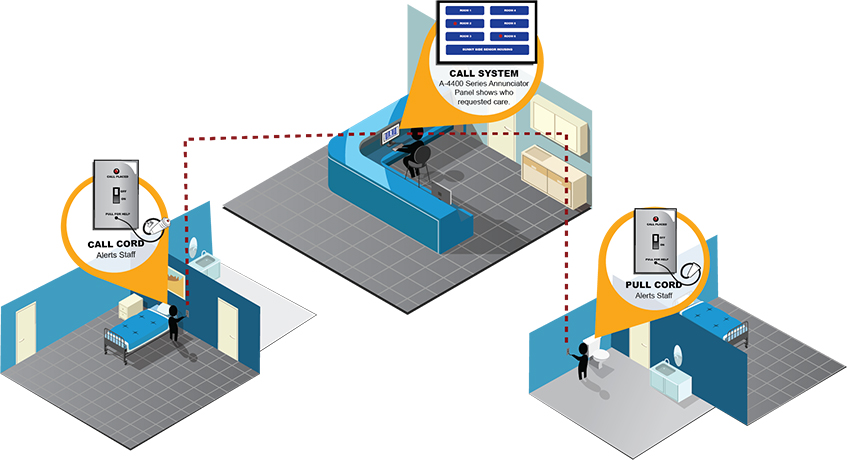Hospitality Upgrades Making Headway in Senior Living Design
Written by Alyssa Gerace
Adopting multifamily design “upgrades” such as hospitality elements into senior living could be key to attracting both future residents and their adult children, who are often part of the decision making process, says an interior designer.
First impressions matter when people are shopping for a senior living community, and the adult child of a prospective resident is an important part of the equation. That’s why communities need to appeal to multiple generations, says Adrienne Faulkner, president and CEO of Faulkner Design Group.
The Dallas-based interior architecture group has completed more than 350,000 living units in all different kinds of communities in its 21 years of existence, ranging from senior living and 55+ to multifamily and student housing. While her firm hasn’t designed a substantial amount of multigenerational environments so far, Faulkner says it’s starting to get some play.
“It’s getting more headway,” she says. “We’ve done a ton of mixed-use [developments] around the country. The way we’ve upgraded units in multifamily is so badly needed in senior living, in terms of layout and room use.”
As the senior living consumer changes, those elements matter to stakeholders beyond just prospective residents. Now, in particular, boomer children are touring communities with their elderly parents.
“We’re really marketing to the [adult] children,” says Faulkner. “People are demanding amenities. I’ve always said, if the senior housing market can catch up with the multifamily and hospitality market, it’d be a win-win, because it’s really missing the hospitality and amenity elements being offered in [multifamily] communities.”
Other senior living architects have also touted hospitality-modeled designs, such as three: Living Architecture, while developers including Mainstreet Development have championed hospitality-centered projects that incorporate concierge services.
More and more people are understanding that concept, Faulkner says: it’s all about the service.
“The ‘new normal’ when you go into a hotel, you see a Starbucks, or a lot of coffee bars, juice bars, etc. Cruise ships have a lot of different [kinds of] people on them, and really need to attract them with those amenities,” she says. ”You’ve heard all the buzz about health and fitness—well, duh. We’ve been doing health and fitness in multifamily forever. But the hospitality aspect, such as different dining opportunities—it’s important to have the environment feel like they’re at a luxury hotel.”
Amenity spaces could be for spas, salons, or fitness, and communities could provide their own services or have third-party operators rent space to provide those services. Senior living providers who don’t offer these features may miss out on new residents, or could even lose existing ones.
Interior finishes in resident apartments as well as for common spaces are another aspect to consider.
“Because of first impressions, [finishes] need to be at a certain level, and carry that level of expectation all the way through the community,” Faulkner says. “You could have this beautiful environment at a community, and then you get to the [resident] unit, and it’s the cheapest faucet, the cheapest carpet, etc. You need to keep the expectation up all the way through the community—you can’t just drop that level of detail.”
As senior living design evolves along with consumer preferences, thinking ahead is necessary for survival.
“Think about not just what’s hot now, but also push the envelope with competition,” says Faulkner. “What will stand the test of time and stay relevant and valid? What will residents love 15 years from now?”






